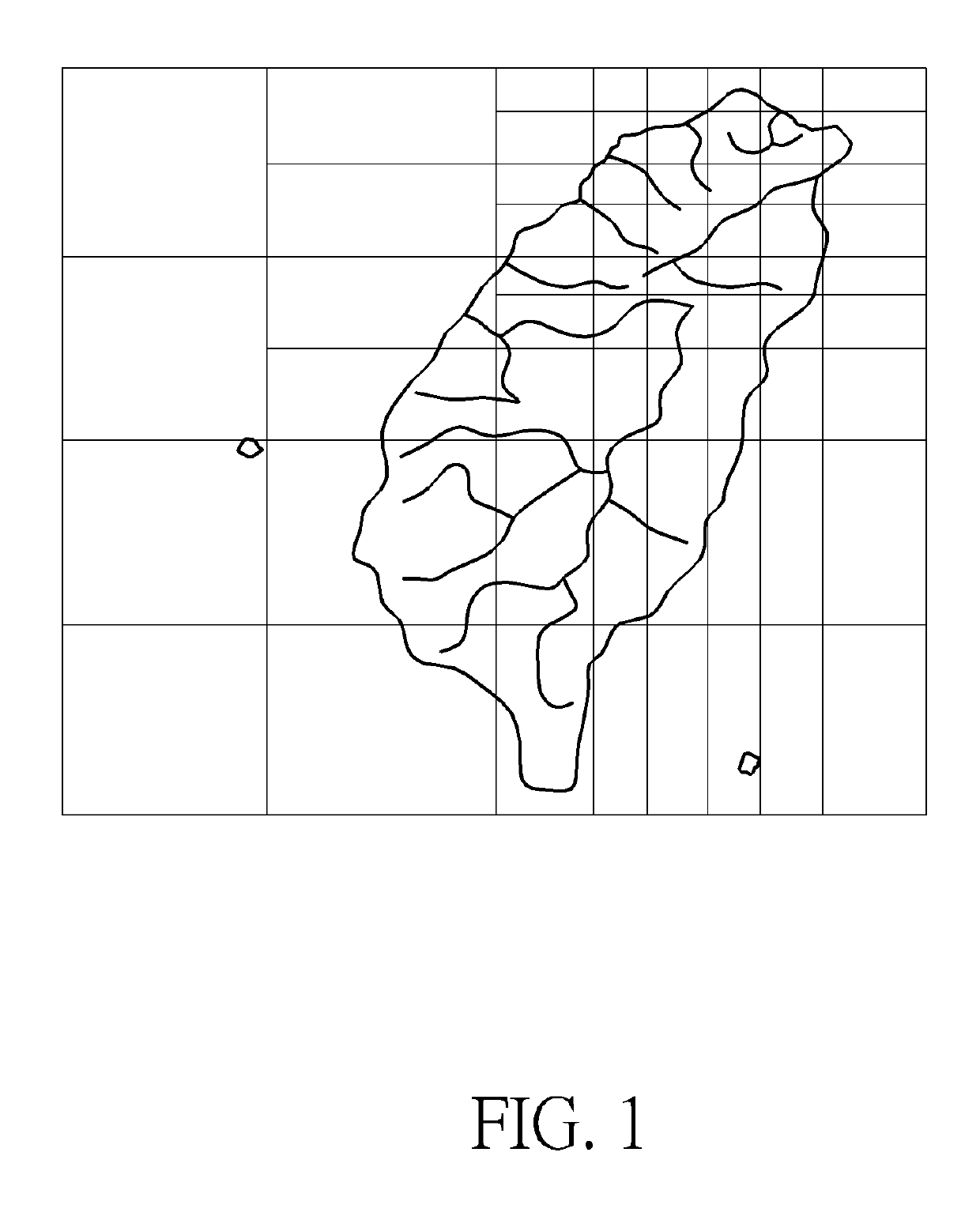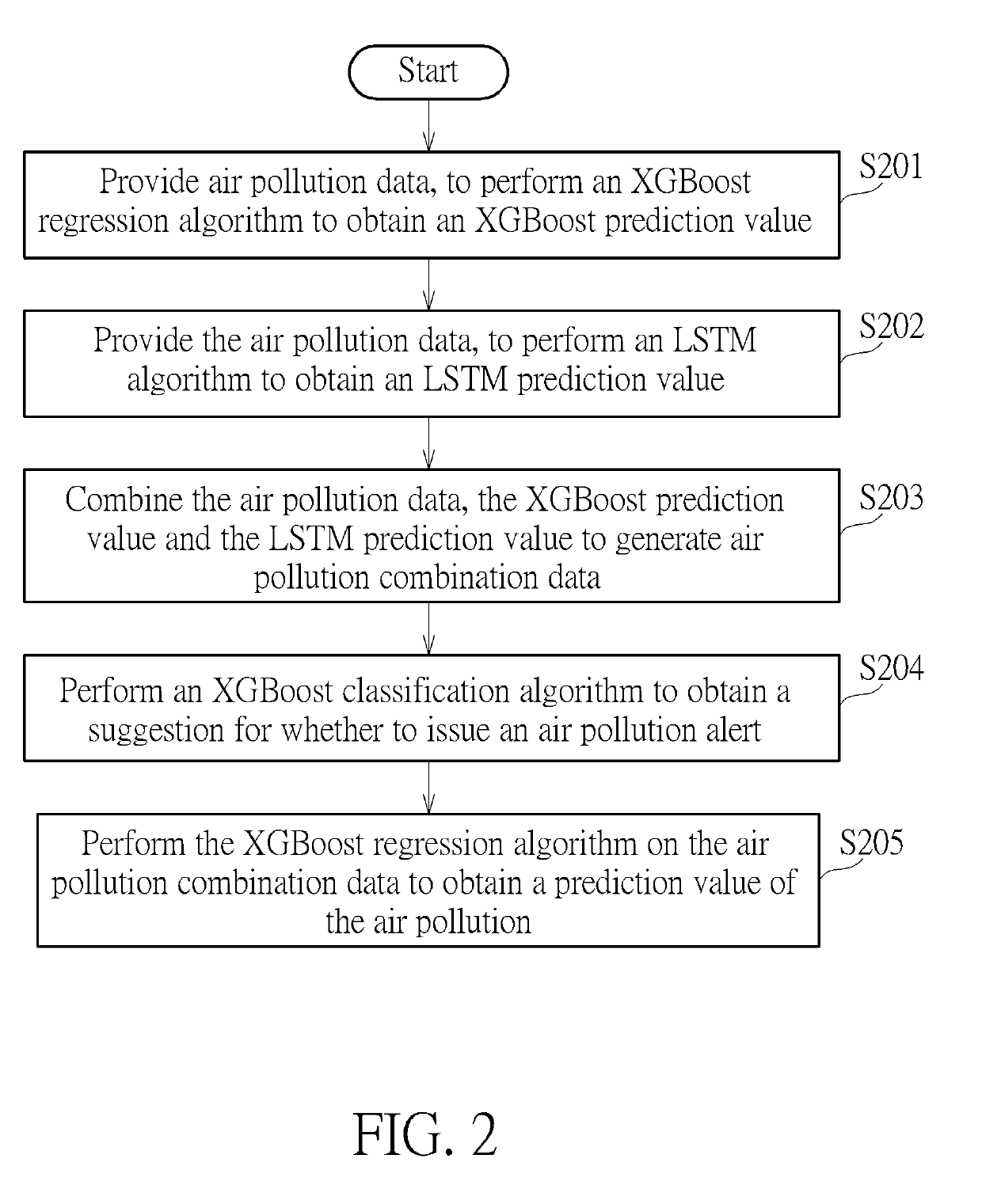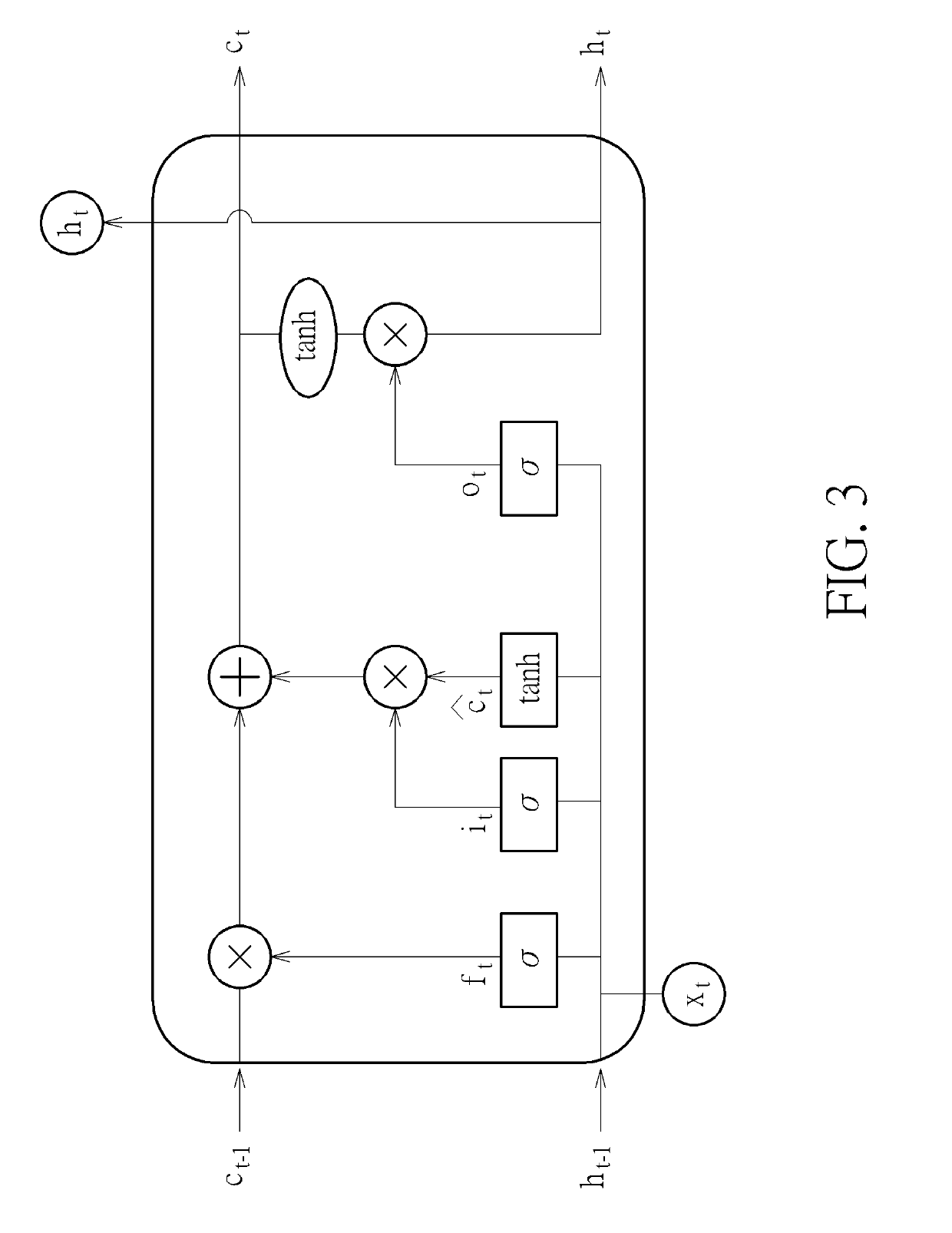Method for predicting air quality with aid of machine learning models
a machine learning and air quality technology, applied in the field of predicting air quality, can solve problems such as prediction errors, and achieve the effect of reliable and correct prediction results
- Summary
- Abstract
- Description
- Claims
- Application Information
AI Technical Summary
Benefits of technology
Problems solved by technology
Method used
Image
Examples
Embodiment Construction
[0019]Embodiments are provided to describe the method of the present invention. Those skilled in the art may understand the advantages and effects of the present invention according to the detailed description, which is provided as follows.
[0020]Refer to FIG. 1, which is a diagram illustrating partition grid of air pollution according to the present invention. As shown in FIG. 1, in addition to air pollution sources within Taiwan itself, pollution sources from nearby regions may also influence Taiwan via winds, wherein influence from nearby regions is greater, and influence from other regions may gradually reduce with increasing distance. Thus, in response to influence levels from different regions, sizes of the partition grid are shown in FIG. 1. Since the influence level of the pollution sources of the Taiwan region itself is the greatest, the partition grid of Taiwan are the most detailed. The influence levels of China and coastal regions of Korea are the second greatest, and the...
PUM
 Login to View More
Login to View More Abstract
Description
Claims
Application Information
 Login to View More
Login to View More - R&D
- Intellectual Property
- Life Sciences
- Materials
- Tech Scout
- Unparalleled Data Quality
- Higher Quality Content
- 60% Fewer Hallucinations
Browse by: Latest US Patents, China's latest patents, Technical Efficacy Thesaurus, Application Domain, Technology Topic, Popular Technical Reports.
© 2025 PatSnap. All rights reserved.Legal|Privacy policy|Modern Slavery Act Transparency Statement|Sitemap|About US| Contact US: help@patsnap.com



